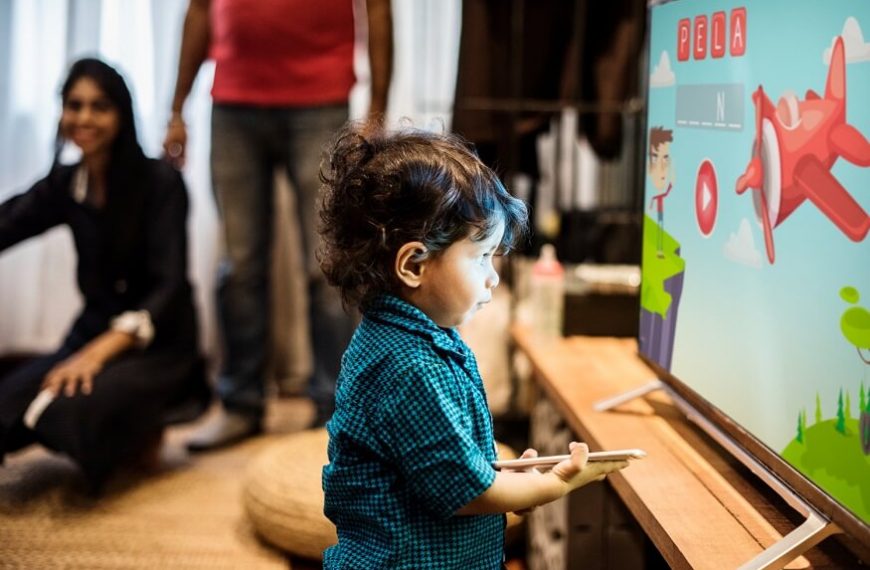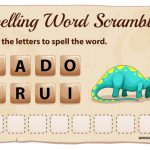Learning is a continuous process that continues for as long as we live. We are constantly learning something new every day from the time of our birth till the time of our death. It is an ongoing activity that keeps us attuned to the various changes in life and our daily lives. One of the most challenging things for all parents is ensuring their kids develop a desire for learning. Learning has to start from a very young age to enable children to develop cognitive and linguistic skills. However, just as there are many theories regarding learning and the processing of information by our brain, there are different kinds of learners.
When we talk about different kinds of learners, we allude to the fact that no student in a classroom can learn the same as any other student in that same setting. This is because every child is different and every child usually falls into one or more categories of learners. Some kids learn and respond better to visual aids than to an explanation given by a teacher. This is why multisensory learning has come to the fore as a popular learning method in recent years. If you’re wondering what multisensory learning is, you’ve come to the right place.
What Is Multisensory Learning?
The term implies engaging more than one of the five senses at a given point in time to achieve a learning outcome. It refers to using different aids to stimulate multiple senses to allow the child to get a better view and feel of the content to grasp it better. This involves creating different activities that engage more than one of the senses of children at a time. For instance, along with an oral explanation of content, visual aids could be used to better help children understand the idea being taught. According to this learning approach, activities that appeal to the aural, visual, kinesthetic, and tactical senses are used to achieve better cognitive development in the long run.
Importance Of Multisensory Learning
One of the most important reasons for implementing multisensory learning as an effective technique in schools is because of the success it has achieved in engaging children in learning. Since it appeals to more than just one of the senses, it makes kids feel involved and engaged in the activity. Listening to an explanation while viewing pictures on the same helps children remember content better. One of the greatest benefits of multisensory learning is that it takes advantage of how our brain works, making learning feel more natural. Rather than just engaging a particular part of our brain, it engages several parts, keeping it activated and stimulated, leading to better knowledge absorption capabilities.
Benefits of Multisensory Learning in Early Childhood
- Aids cognitive development- One of the most crucial benefits of multisensory learning is that it promotes cognitive development. Cognitive development is nothing but a child’s ability to develop thinking, speaking and reasoning skills. This helps in various aspects of life, especially when it comes to decision-making, problem-solving, analysing, and thinking creatively. Since multisensory learning-based activities engage different aspects of the brain, it allows for quick, steady and reliable cognitive development in kids from a young age. Simple multisensory learning activities like finger painting, and sensory bins for playing allow children to get a better grasp on communication and linguistic skills.
- Helps in language development- A multisensory approach to learning has become essential for all kids in today’s world and for good reasons. Activating different regions of the brain during a single activity leads to an improvement in language and literacy development. Different multisensory activities target word and vocabulary building to help children grasp new words and use them in the correct contexts. This helps children build their expressive language skills and improves communication skills. Believe it or not but this is important because it can help a child express his or her happiness or sadness. In turn, it helps parents or caregivers to understand the mental state of their little ones.
- Strengthens motor skills- Since these activities engage more than one of the senses, it also helps children to improve their motor skills. Multisensory activities usually involve children having to use their hands to complete activities. In this way, it focuses on the physical development of kids and helps them strengthen their motor skills. The multisensory approach to learning is beneficial for developing hand-eye coordination and skills that involve the use of hands, like writing and catching. The wonderful thing about this approach to learning is that it can be carried out almost anywhere. Apart from being used in schools and daycare, it can also be practised at home through simple and easy-to-execute activities.
- Promotes social and emotional growth- In today’s world, the importance of developing as a society by becoming more civilised and adhering to the norms of society is one of the integral factors for having a happy life. This is closely connected to emotional well-being as many people, even kids suffer from depression. Multisensory learning provides children with the opportunity of working together in small groups. This promotes interaction and helps children share their ideas at school and home. This allows children to process different emotions in a safe environment. Besides that, it also helps them understand and deal with the myriad of emotions that they will go through as they grow up.
Is Multisensory Learning The Future Of Learning?
There is no doubt whatsoever that multisensory learning is the learning that the present, as well as future generations, require. In a world where technology has become so accessible, multisensory learning has the perfect soil to grow roots, bloom and become what every kid needs. It is a learning approach that appeals to all kinds of learners and is best put to use in a situation where there are a large number of learners, like in a classroom.
Here are EuroKids, we focus on designing activities that can be practically implemented into our curriculum to further multisensory learning in early childhood. Our team of experts focus on word building, shared reading and air writing activities to keep your little ones engaged and develop a thirst for learning. If you feel like you’re still looking for answers regarding your little one’s cognitive, physical or even emotional development, you could visit our blog to learn more.















